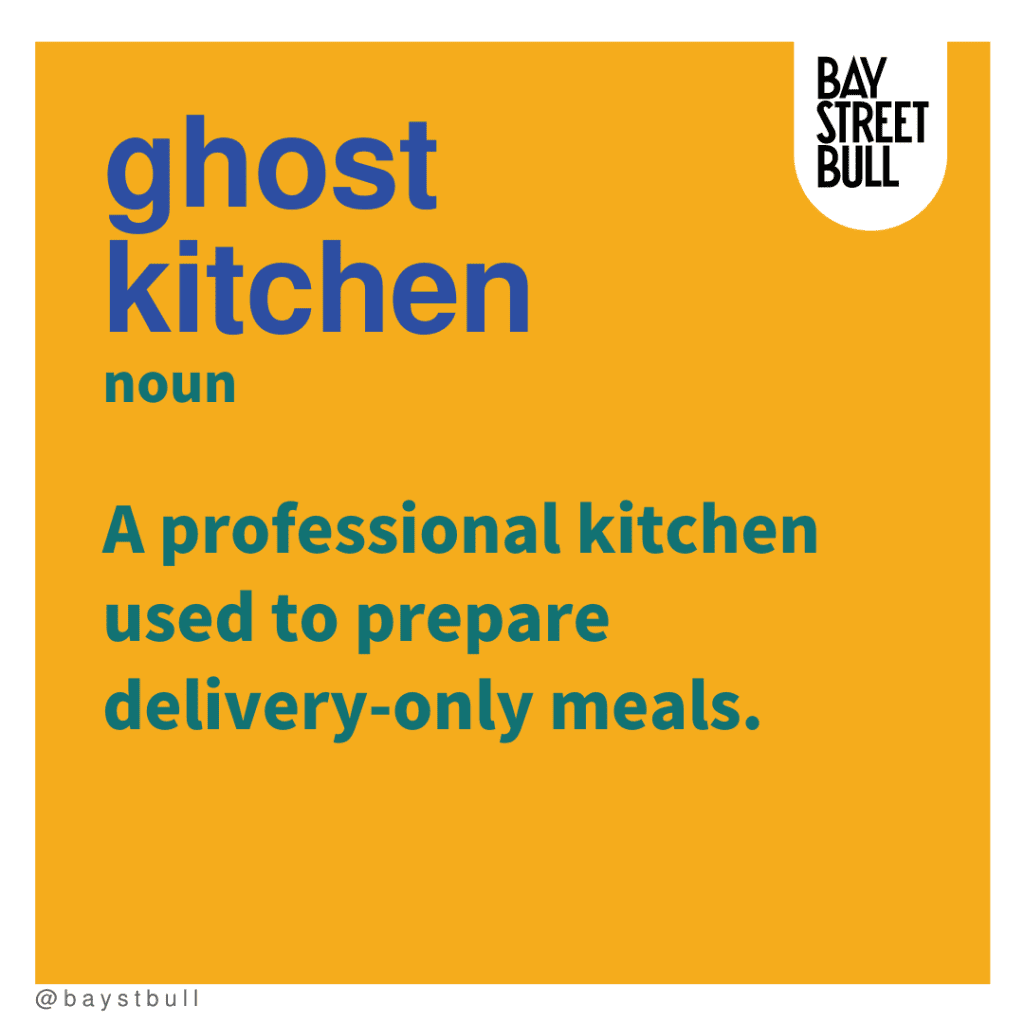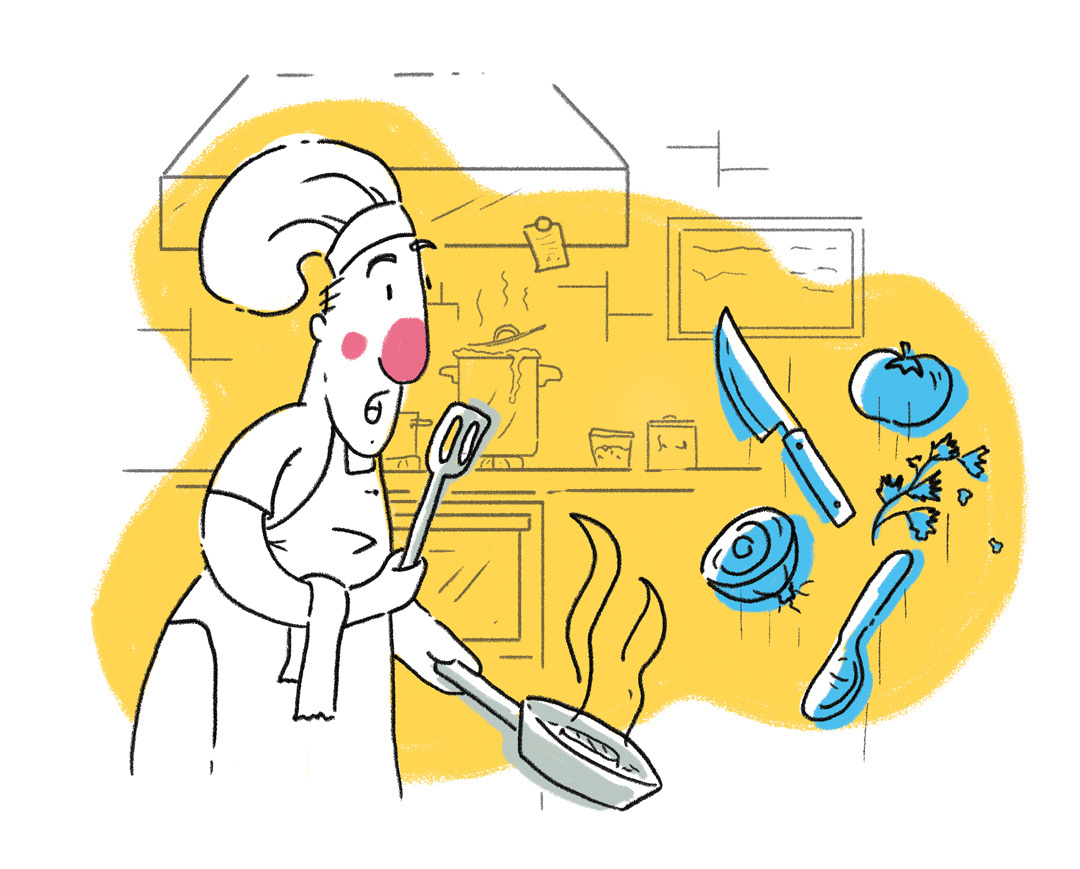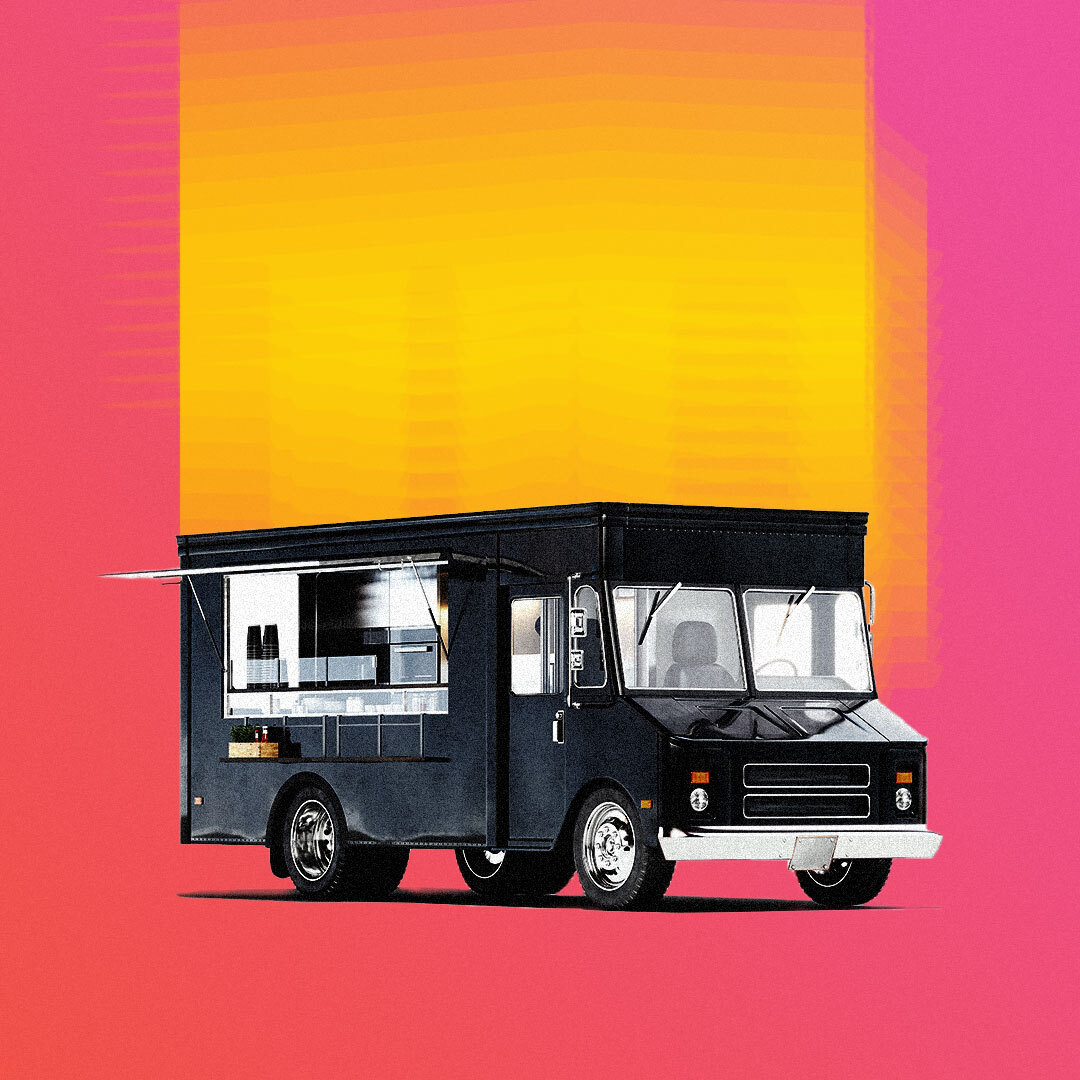I can’t imagine not being an entrepreneur. Developing business ideas—and then turning those ideas into living, breathing brands—is how I’ve spent my entire career. And as anyone who has launched their own business knows, the highs of entrepreneurship can be amazingly high. I’ll never forget the feeling of standing on the NASDAQ stage as the trading bell rang on the day DAVIDsTEA went public, or the line-up of people around the block on opening day at the first Mad Radish location in Ottawa.
But those high highs of course come with low lows. And it’s no secret that running a restaurant brand during a global health pandemic has brought plenty of those. We’ve shuttered our stores, laid off staff, and watched both revenue and profits plummet as Canadians shelter in place. Like everyone in the restaurant industry, we’ve been forced to rethink everything about our brand to keep our business running and set us up to thrive over the long-term. We’ve had to take a few very deep breaths, a big step back, and asked ourselves: what does the future of foodservice look like?
Here’s how I see it.
Of course, the pandemic has changed a lot. There’s no question that 2020 has accelerated significant shifts in both consumer expectations and behaviour. We, as a restaurant industry, need to adapt. We already know how the pandemic has sped up the rate of digital disruption but it’s important to look at how quickly consumers have become accustomed to getting what they want when, where, and how they want it, whether it’s delivered to your door, for pick-up by appointment, through contactless pick-up, or via an in-store experience. To put it another way, we’ve very rapidly become very intolerant of inconvenience.
The pandemic hasn’t changed everything. A lot of people are talking about the “fundamental shifts” that have taken place in society over the course of 2020. However, some very basic truths aren’t going away: humans crave connection. Being physically together with real people drives creativity, ingenuity, and happiness. You only need to look at all of the small and large ways that people have been fighting back against isolation over this year to see this reality reflected back to us. The restaurant industry needs to be a hub for those connections when the world is ready. The completely “virtual” restaurants that we’re seeing pop-up across the country may drive short-term financial returns, but they won’t build a long-term emotional connection with Canadians.


We also need to protect the long-term financial health of our businesses. It has always been more profitable to serve someone in a restaurant than to bring the food to them at home. And so, as our business models adjust, we need to change our financial structures by offsetting some of the increased costs of distribution or increasing the amount of revenue we’re able to generate from a single location.
At Mad Radish, we’ve leaned into these new realities by expanding our business into a family of gourmet fast-food brands that operate out of Mad Radish locations. Since the pandemic started, we’ve introduced Luisa’s Burritos (hand-crafted burritos with fresh, internationally-inspired ingredients and big, bold flavour) and Revival Pizza (a modern and creative twist on the ultimate comfort food), and we’ve launched them out of our existing Mad Radish locations. We’ve combined the best elements of a typical ‘ghost kitchen’—a professional kitchen used to prepare delivery-only meals—with the functionality of a customer-facing restaurant. And we’re making all three brands available on a single order through the Mad Radish app. It’s a model that we think has incredible potential for the world we live in today and the world we hope we’re going to see in the coming months.
RELATED: 16 Business Resources You Should Know About During the Pandemic
The ghost kitchen model is a unique one, and it offers three key benefits.
First, this structure has enabled us to expand the breadth of our offerings while still maintaining the integrity of our original Mad Radish brand—after all, a restaurant founded on the offer of healthy food for busy people may not be your go-to for a Friday night pizza. While each brand shares a common food philosophy, they can focus on doing one thing really well.
Second, a ghost kitchen allows us to expand the digital footprint of our restaurants, as Canadians increasingly seek their meal ideas on third-party platforms. Searching for a great burrito? Up comes Luisa’s. Scrolling pizza options? Here’s Revival, ready to take your order.
And finally, we’ve been amazed to see how quickly our family of brands has become greater than the sum of its parts. Because our brands support each other publicly, we build immediate trust among our customers. Mad Radish fans know they’re going to get a great pizza from Revival because they already believe in our commitment to fresh, quality ingredients and bold, original flavours.
“Never waste a good crisis,” as Churchill’s famous quote implores. We see a future for this industry that builds on some of the biggest shifts this pandemic has wrought, but that doesn’t forget who we are and why restaurants exist. That leverages existing infrastructure to offer more food options to more people, but without turning restaurants into nameless, faceless buttons on an app. And that pulls from the very best ghost kitchen thinking, without turning our brands into ghosts.
David Segal founded DAVIDsTea, a company he left in 2018 to start Mad Radish, a chain of gourmet fast-food brands that today includes Mad Radish, Luisa’s Burritos & Bowls and Revival Pizza. There are six Mad Radish locations in Toronto and Ottawa.
[yikes-mailchimp form=”1″ title=”1″ submit=”SUBSCRIBE”]











